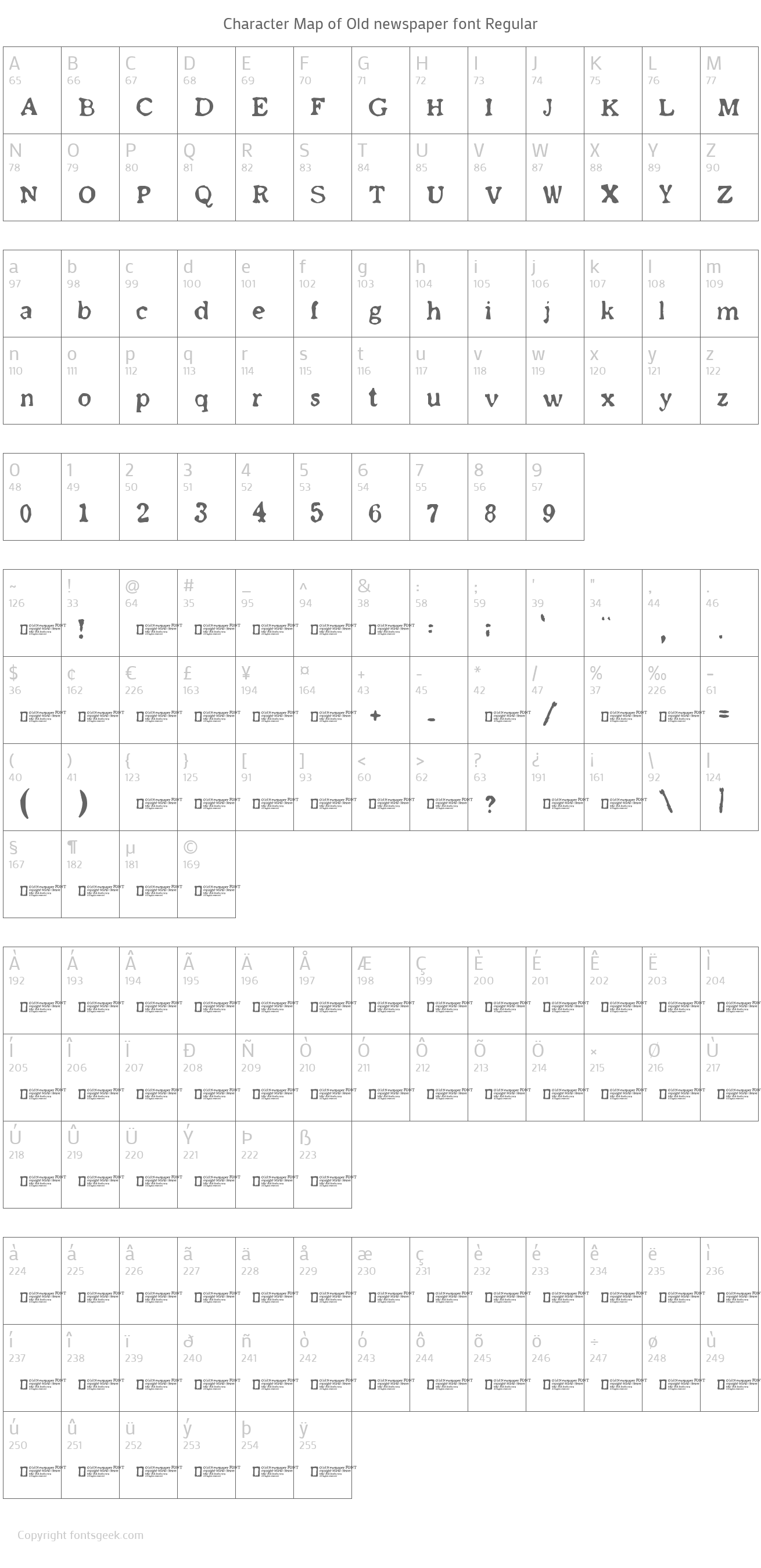

It strikes a perfect and captivating balance between expressiveness and formality. The majority of the glyphs have been generated from scratch. Inspired by the typefaces of the 16 th Century, i.e., Claude Garamont, Cormorant is undoubtedly not a derivative. It is developed by Christian Thalmann from the Catharsis Fonts.
Newspaper headline font and 1001 fonts free#
Out of all the free fonts available, Cormorant is an exquisite and formal font. Due to these factors, Public Sans can be an ideal fit for you. This font has a sober yet healthy look, with the least quirks as possible. Public sans font is free and an open-source font, which can be used with ease for interfaces, headings, and text. This font was developed as a part of the United States Web Design System and is based on Libre Franklin. This font is inspired by blackletter font as well as Roman styles. Grenze is created by Renata Polastri and Omnibus-Type, as a font fit for use in magazines, but it would indeed work for a broader range as well. Emberly is also available for use as a variable font and is an excellent option for headlines. It is a display font that is inspired by the Didone style and created by Rajesh Rajput. This is one of those fonts which give off a very modern and classic feel. A popular combination for event invitations is to use a script font for the display text and an elegant but clean and legibly sans serif for the body copy.This blog focuses on and offers you access to free newspaper fonts that all designers should access. Social media content is shown at relatively small sizes, so it needs both fonts to be quite clear, but you can still look for a bold, more stylish font for the display text and something nice and crisp for the body. For example, CVs need heavy headers and clean body text, while flyers and posters for events can work well when they have quirky or funky display text to get grab attention paired with a much cleaner body text for contrast and legibility of the important details. The type of font pairings you choose is likely to vary depending on the type of project you're working on. What font pairings should I choose for different types of projects?

The result is a highly distinctive text face that later spawned a sans-serif companion. Calvert and AcuminĪn exljbris creation, Calluna was born out of an experiment with adding slab serifs to Museo, giving designer Jos Buivenga the idea of 'serifs with direction'. If you need to brush up on your typography knowledge, take a look at our typography tutorials. The best font pairings: 36 perfect examplesįind more tips below, but here's our pick of some of our favourite font pairings for inspiration. Again, geometric sans serifs marry best with these.

This third sub-category includes Bodoni, Didot, New Century Schoolbook and Walbaum. These pair with geometric sans serifs like Avant Garde, Avenir, Century Gothic, Eurostile, Futura and Univers.įinally, modern serifs tend to have a very dramatic contrast between thick and thin for a more pronounced, stylised effect, as well as a larger x-height. Transitional serifs have a stronger contrast between thick and thin strokes (examples include Bookman, Mrs. Generally speaking, Old Style serifs such as Bembo, Caslon and Garamond will combine well with Humanist sans serifs like Gill Sans and Lucida Grande. 'Serif' and 'sans serif' are very broad classifications, and each can be split into several sub-categories. You can use a single font and adjust the weight, the size or the colour. This applies even if you're not pairing fonts. You also need to establish a clear hierarchy in your font pairings: what will be the purpose of each one? Which will be for display and which for body text.
Newspaper headline font and 1001 fonts full#
For example, if you have a really unique display face full of personality, you'll need something more neutral to do the hard work and create a balance. It's important to balance personalities in font pairings too. Our mind ends up confused – is this a different font or not? Good contrast is often provided by pairing a serif font with a sans-serif font. For example, overly similar serifs or similar sans serifs don't tend to look nice next to each other. If typefaces are too similar, it's likely that they'll conflict. Contrasting fonts can be hard to find as you're effectively searching for two fonts that are different but also complement each other rather than causing conflict.


 0 kommentar(er)
0 kommentar(er)
